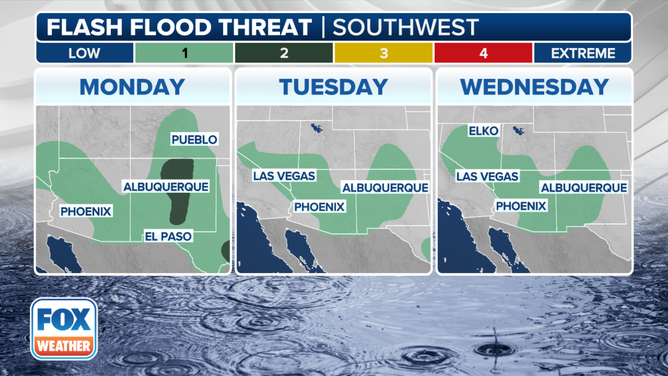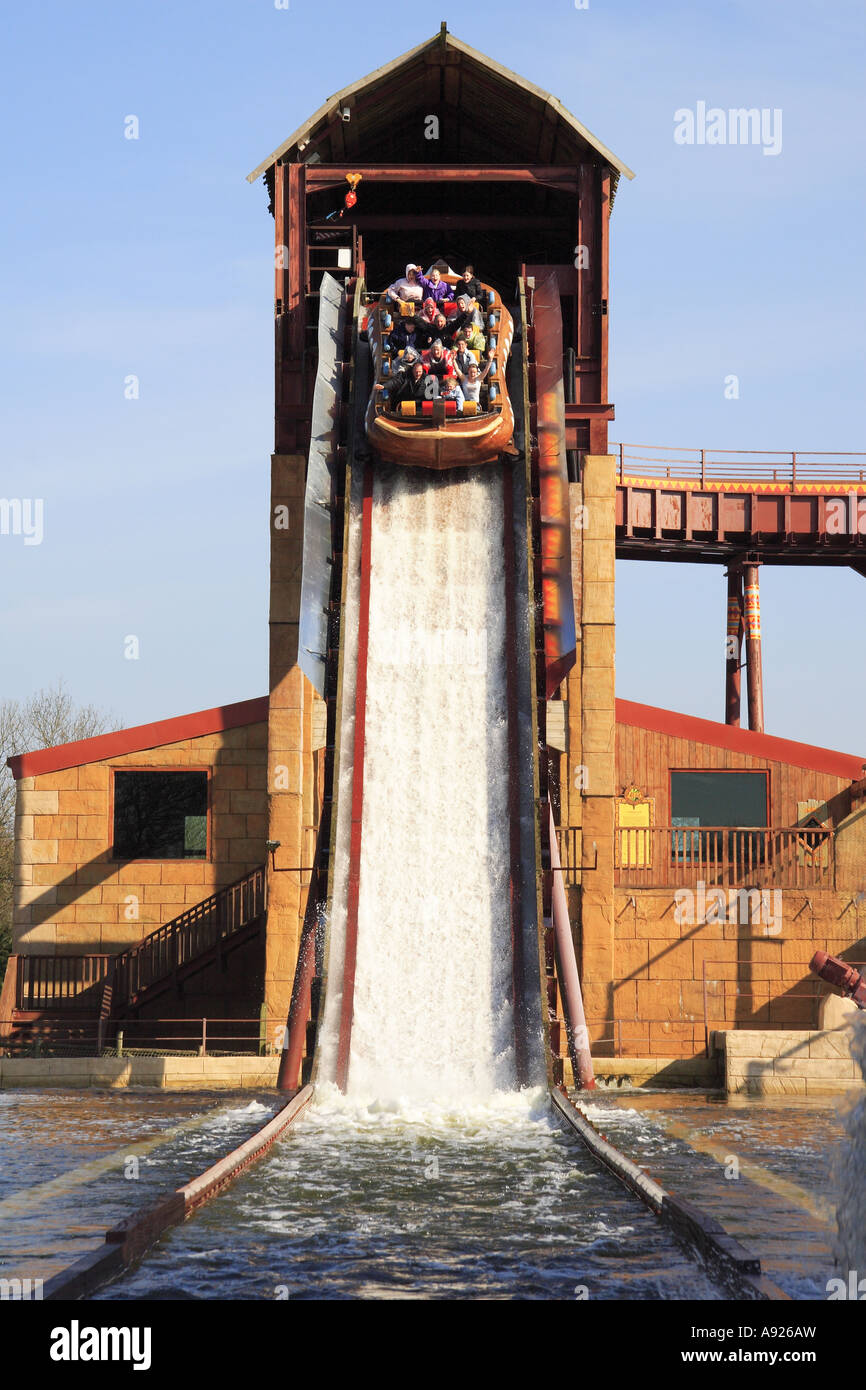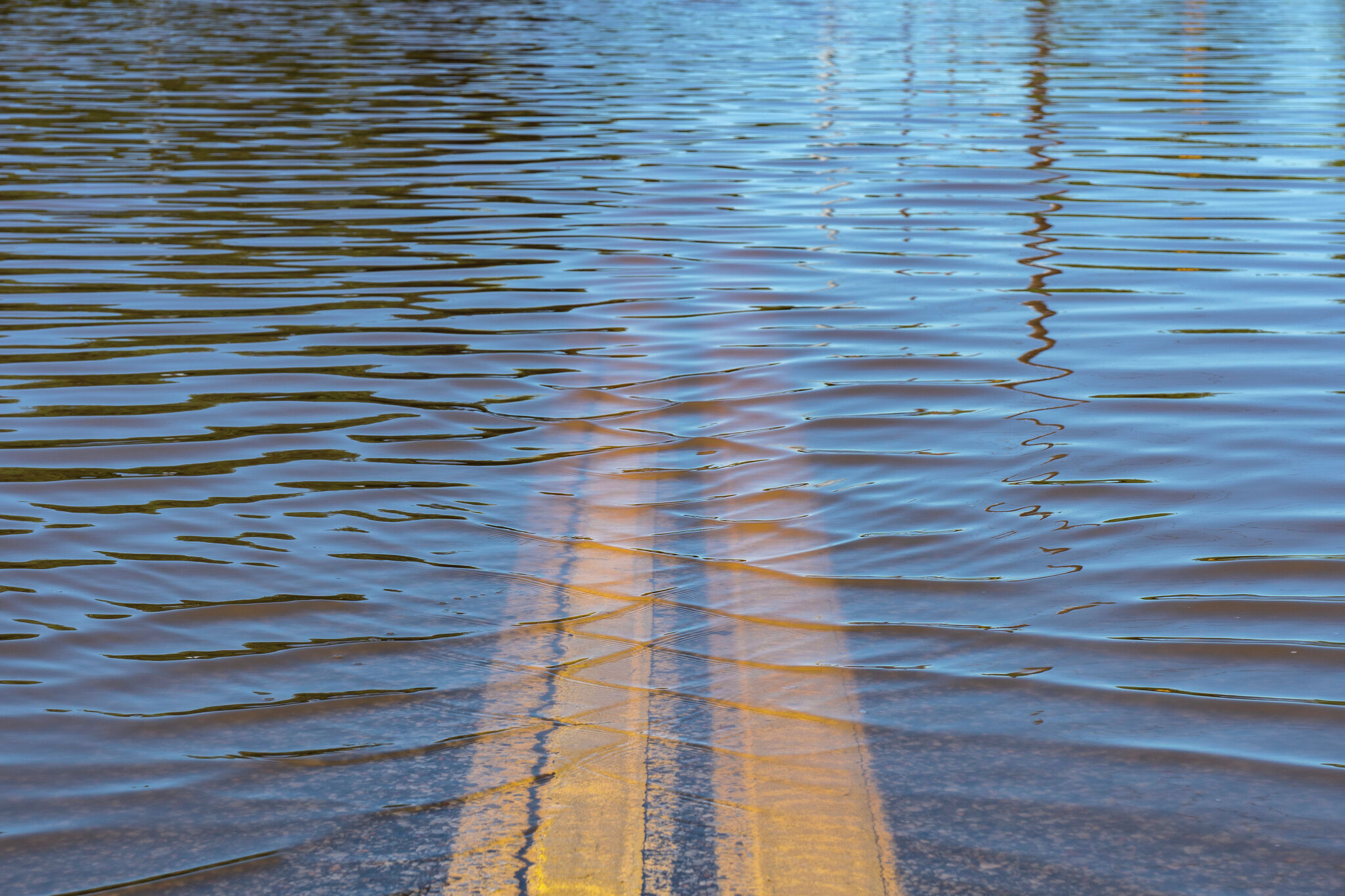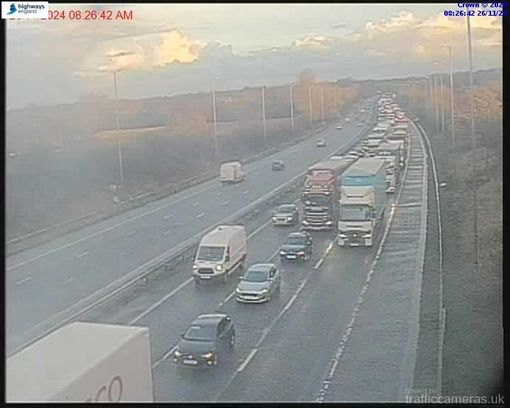Understanding Flash Flood Emergencies: A Comprehensive Guide

Table of Contents
What are Flash Floods?
Flash floods are characterized by a rapid and sudden rise in water levels within a short period, often with little to no warning. This differentiates them from regular floods, which typically develop more slowly over hours or days. The speed and intensity of flash floods make them particularly dangerous.
Several factors contribute to flash flood occurrences. Heavy rainfall, exceeding the capacity of drainage systems, is the most common cause. However, dam failures, levee breaches, and even sudden snowmelt in mountainous regions can also trigger devastating flash floods.
- Geographical Areas Prone to Flash Floods: Mountainous regions, deserts with infrequent but intense rainfall, and urban areas with inadequate drainage systems are particularly vulnerable.
- Factors Increasing Flash Flood Risk: Soil saturation from prior rainfall, deforestation (reducing water absorption), and urbanization (increasing impervious surfaces) significantly amplify the risk of flash floods.
Recognizing the Signs of an Impending Flash Flood
Recognizing the warning signs of an impending flash flood can be crucial for saving lives and property. Being vigilant and aware of your surroundings is key.
Visual indicators include rapidly rising water levels in streams, rivers, and normally dry washes. Overflowing waterways and the sudden appearance of water in unexpected areas are also strong indicators. Listen for auditory cues – an unusual roaring or gushing sound from normally quiet water sources can signal an impending flash flood.
Meteorological warnings are invaluable. Pay close attention to weather alerts and forecasts issued by your local meteorological authority. Flash flood watches indicate conditions are favorable for flash floods to develop, while flash flood warnings mean a flash flood is imminent or occurring.
- Specific Weather Conditions: Intense thunderstorms, prolonged heavy rain, and rapidly changing weather patterns are all strong indicators of a high flash flood risk.
- Regular Weather Checks: Make checking local weather reports regularly, especially during periods of heavy rainfall, a habit.
Safety Measures During a Flash Flood Emergency
When a flash flood warning is issued or you observe the warning signs, immediate action is paramount. Your top priority is to protect yourself and your family.
-
Immediate Actions: Move to higher ground immediately. Avoid driving through flooded areas; even shallow water can hide deep channels or debris that can sweep your car away.
-
Evacuation Procedures: If an official evacuation order is given, evacuate promptly. Know your designated evacuation routes beforehand.
-
Protecting Your Property: Secure valuable items and move furniture to higher levels if time allows. However, personal safety should always take precedence over property.
-
Crucial Safety Measures:
- Never attempt to drive or walk through floodwaters. The force of the water can be incredibly strong, and hidden dangers lurk beneath the surface.
- Turn around, don't drown. This is a critical safety message to remember.
- Stay informed by monitoring news and emergency broadcasts for updates and instructions.
Post-Flash Flood Actions and Recovery
After the immediate danger has passed, the recovery process begins. However, post-flood safety remains a concern.
Avoid contact with floodwater, as it can be contaminated with sewage, chemicals, and dangerous debris. Be cautious of downed power lines and report them immediately to the relevant authorities.
Assess the damage to your property and report it to the appropriate authorities. Document any losses thoroughly for insurance claims. Cleaning and restoration may require professional help, especially if significant structural damage has occurred.
- Post-Flood Actions:
- Contact your insurance company to report damage and initiate the claims process.
- Seek assistance from local authorities and relief organizations if needed.
- Dispose of flood-damaged items properly to prevent the spread of disease and environmental contamination.
Conclusion
Flash flood emergencies are serious threats requiring preparedness and swift action. By understanding the causes, recognizing the warning signs, and knowing how to respond appropriately, you can significantly reduce your risk. Developing a comprehensive personal flash flood preparedness plan is crucial. This includes creating an emergency kit with essential supplies, identifying evacuation routes, and establishing a communication plan with family members. Staying informed about weather forecasts and heeding warnings related to flash flood emergencies is paramount. For more information on flash flood safety and preparedness resources specific to your region, contact your local emergency management agency or visit the website of your national weather service. Take proactive steps to protect yourself and your loved ones from the devastating effects of flash flood emergencies.

Featured Posts
-
 Amsterdam Stock Index Plunges Over 4 Drop To Year Low
May 25, 2025
Amsterdam Stock Index Plunges Over 4 Drop To Year Low
May 25, 2025 -
 Nws Flood Warning Protecting Yourself And Your Property
May 25, 2025
Nws Flood Warning Protecting Yourself And Your Property
May 25, 2025 -
 Escape To The Country Practical Steps For A Smooth Transition
May 25, 2025
Escape To The Country Practical Steps For A Smooth Transition
May 25, 2025 -
 Long Delays On M6 Motorway Due To Van Accident
May 25, 2025
Long Delays On M6 Motorway Due To Van Accident
May 25, 2025 -
 Analysis Uk Inflation Boe Rate Cuts And The Pounds Reaction
May 25, 2025
Analysis Uk Inflation Boe Rate Cuts And The Pounds Reaction
May 25, 2025
